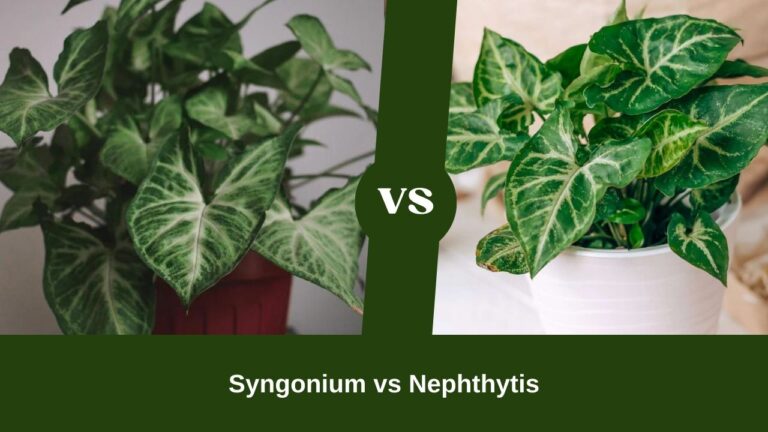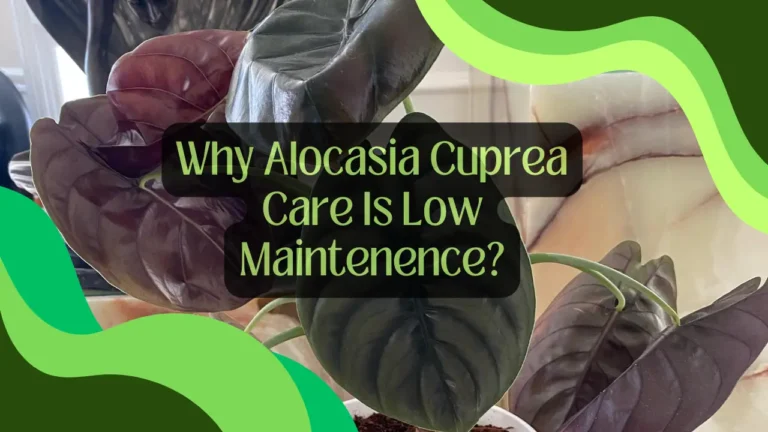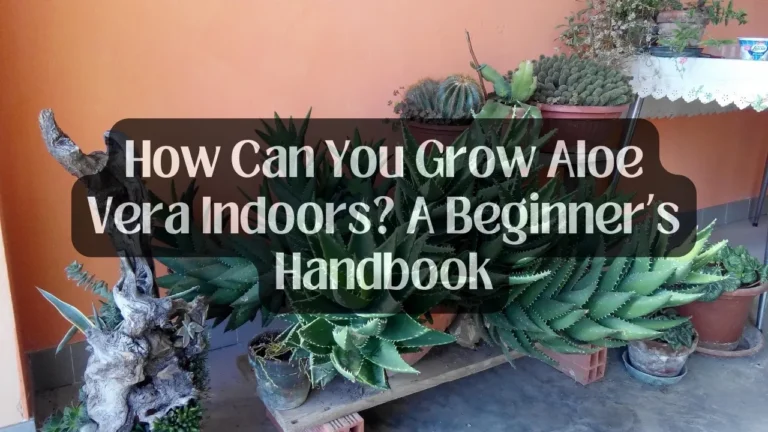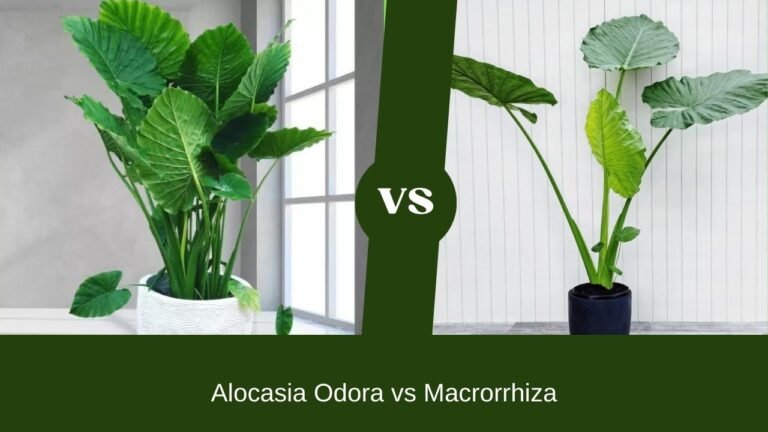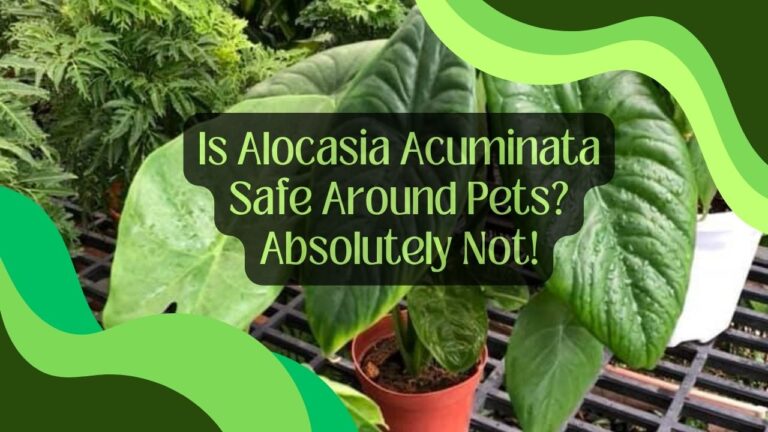Discover 16 Excellent Indoor Plants for the Living Room
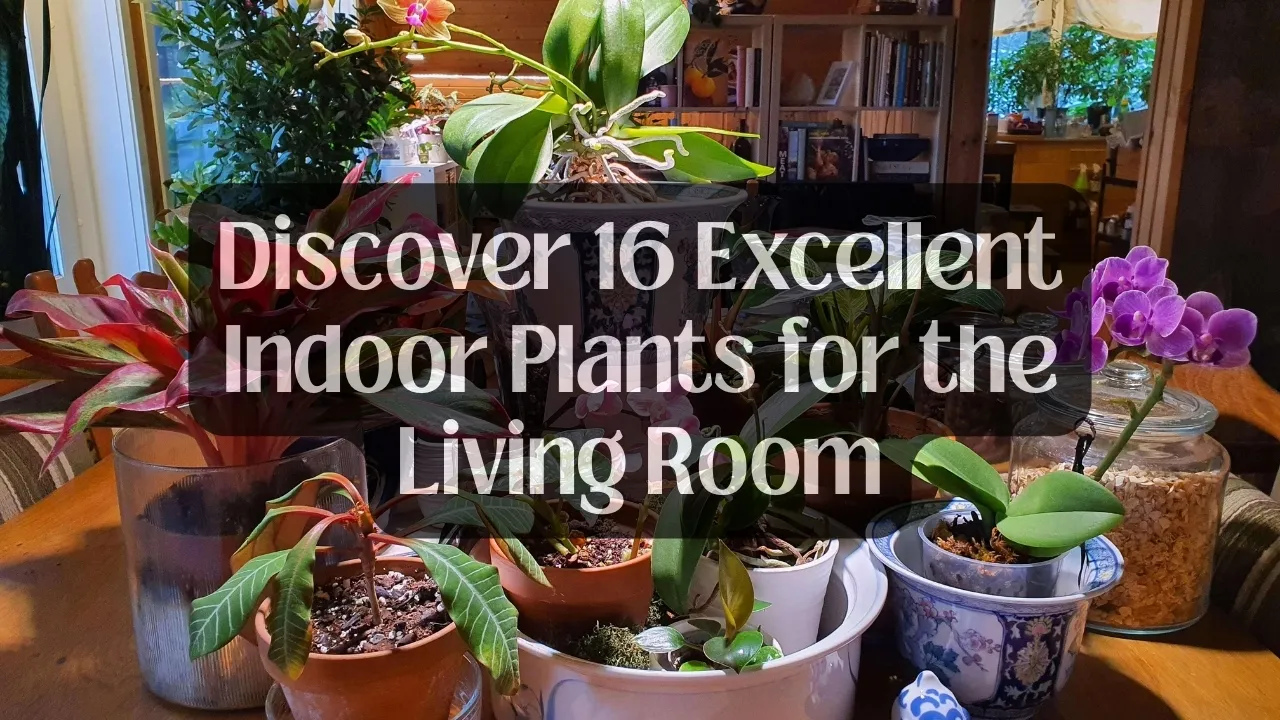
Adding large plants to your living room can transform your space into a lush, vibrant oasis. But which plants should you choose? Some large plants can enhance the aesthetics of your living room.
I’ll include 16 plant suggestions here. I’ll try to cover up every plant that is really great for a living room. The list will include popular plants like Monstera, Dracaena, Snake plant, and philodendron. But there are some surprising names in the list as well, such as the banana plant.
Let’s dive into 16 fantastic options that will make your living room pop. Just keep on reading!
Table of Contents
16 Fantastic Indoor Plants to Keep in the Living Room
So, are you ready to meet the plants to grow in your living room? Here are my top picks for the living room.
1. Fiddle Leaf Fig
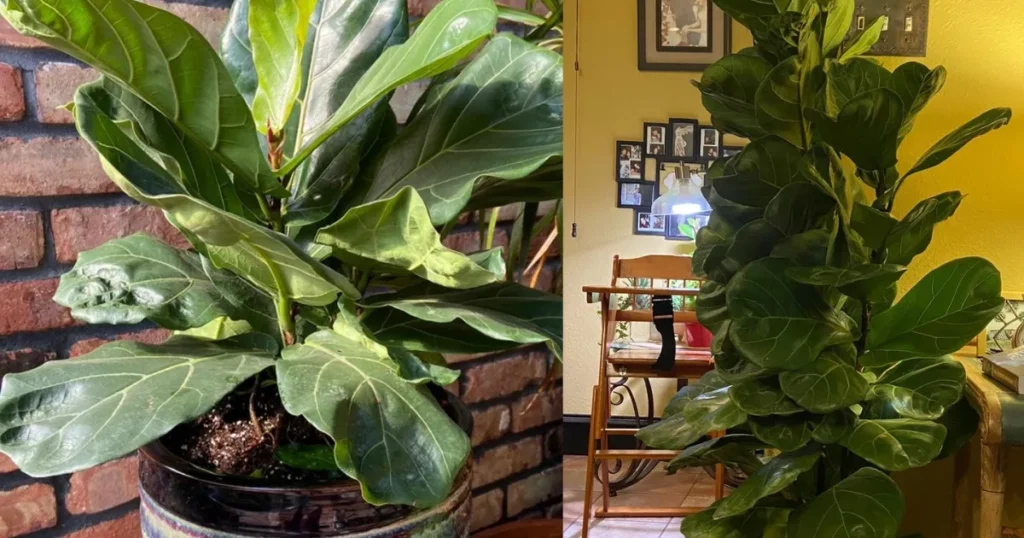
Why Choose a Fiddle Leaf Fig? The fiddle leaf fig is renowned for its striking, violin-shaped leaves that command attention wherever they’re placed. It’s ideal for brightening up dull corners and adding a touch of elegance to any room.
Benefits: This plant not only looks stunning but also helps purify the air. So, it makes it a stylish and practical addition to your living space.
Drawbacks: Care can be a bit demanding; it thrives in bright, indirect light and requires moderate watering.
2. Bird of Paradise
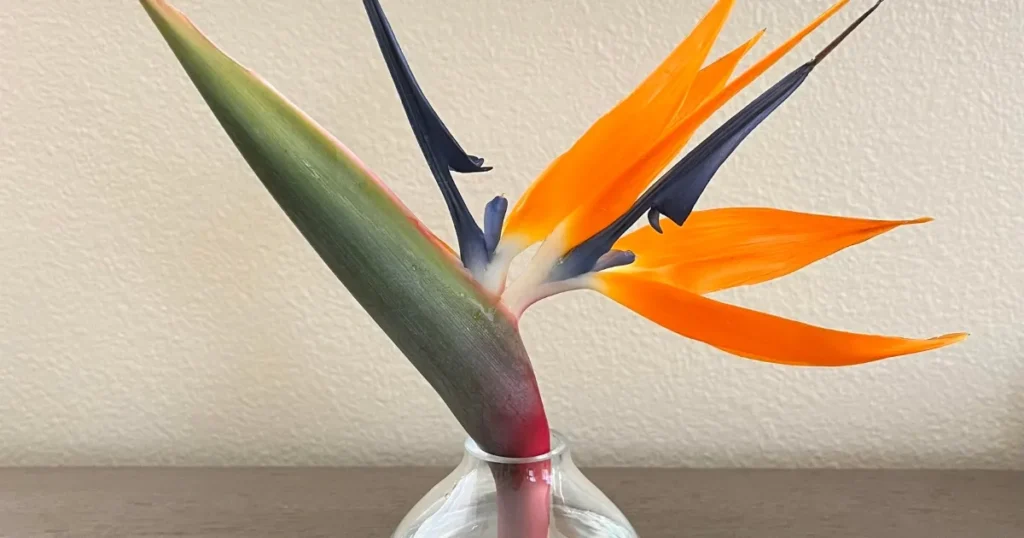
Why Choose a Bird of Paradise? Dreaming of a tropical escape? The bird of paradise brings vacation vibes into your home with its large, banana-like leaves and exotic appearance.
Benefits: It’s surprisingly low-maintenance for such a dramatic plant, thriving in bright light and adding a bold, tropical flair to your decor.
Drawbacks: Needs ample space due to its large size and prefers consistent watering.
3. Rubber Plant
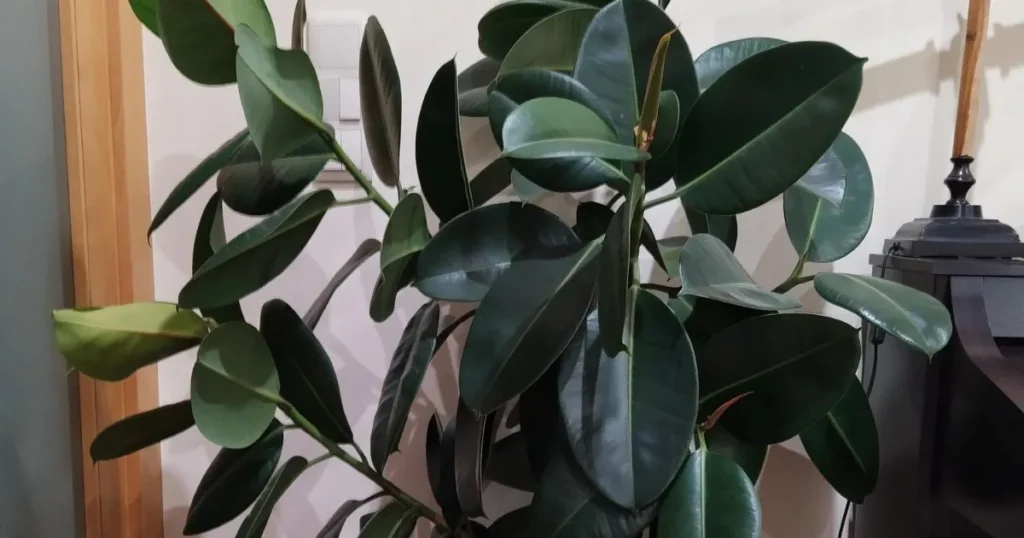
Why Choose a Rubber Plant? With its glossy, oversized leaves, the rubber plant is like living art that fits effortlessly into any room’s aesthetic. It’s from modern to classic!
Benefits: This versatile plant adapts well to various light conditions and is known for its air-purifying properties. So, it becomes a trendy and practical choice.
Drawbacks: Can be toxic to pets and requires regular pruning to maintain its shape.
4. Monstera Deliciosa
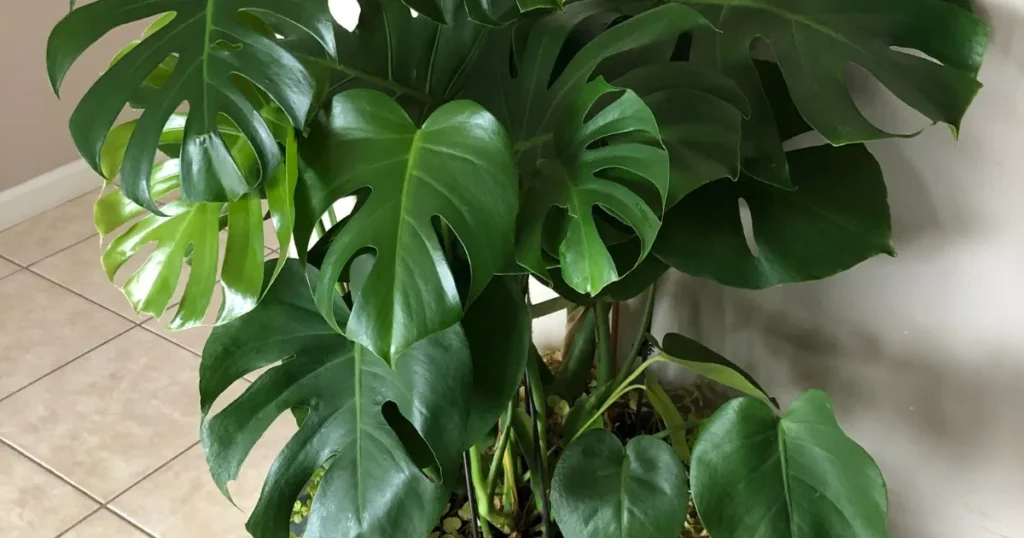
Why Choose a Monstera Deliciosa? The monstera, affectionately called the Swiss cheese plant, stands out with its unique, naturally perforated leaves. It’s what adds a playful touch to your decor.
Benefits: Beyond its eye-catching appearance, the Monstera is adaptive to different light conditions and Monstera is easy to care for.
Drawbacks: Needs space to spread out as it grows and occasional pruning to control its size.
5. Dracaena
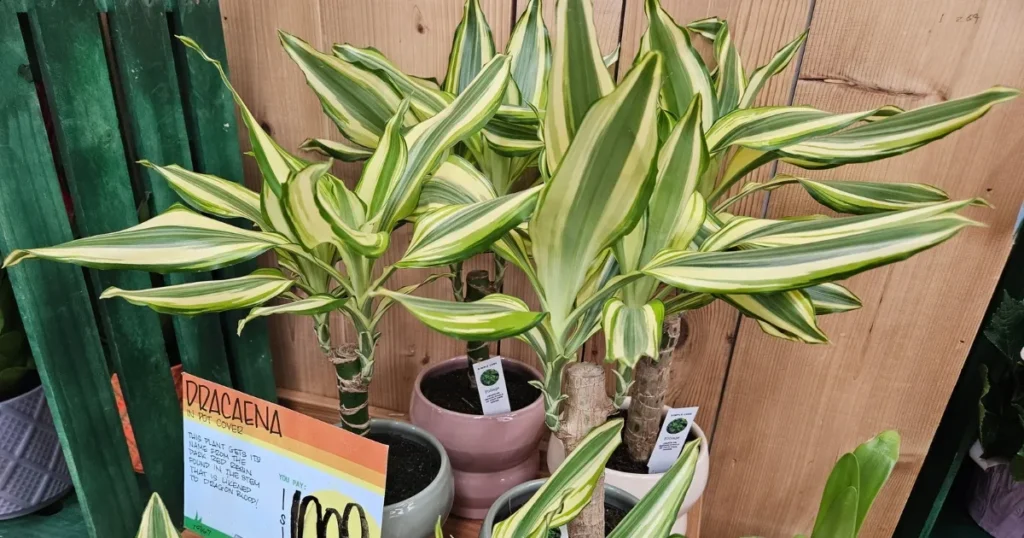
Why Choose a Dracaena? Tall and elegant, the dracaena comes in various varieties. All of which share a reputation for being resilient and visually striking.
Benefits: These plants excel at purifying indoor air and can tolerate lower light levels. It makes them perfect for brightening up any corner.
Drawbacks: Some varieties are toxic to pets, and they prefer moderate watering to thrive.
6. Kentia Palm
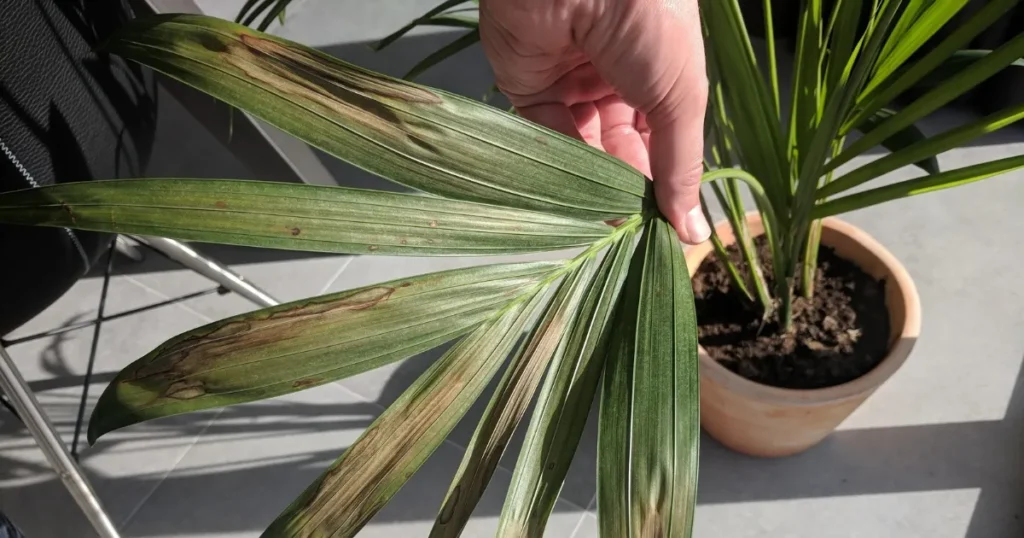
Why Choose a Kentia Palm? The kentia palm exudes laid-back tropical vibes with its graceful fronds. So, it becomes a favorite for adding a touch of class to indoor spaces.
Benefits: It can withstand neglect better than most palms and thrives in moderate to bright, indirect light.
Drawbacks: Direct sunlight can scorch its leaves, so it’s best to keep it in shaded areas indoors.
7. Snake Plant
Why Choose a Snake Plant? If you’re notorious for neglecting plants, the snake plant is your go-to. Its upright, sturdy leaves can survive in low light and infrequent watering. Plus, Snake plant care guide is quite easy.
Benefits: This plant is virtually indestructible and is known for its air-purifying qualities. That’s what makes it perfect for beginners or busy individuals.
Drawbacks: Slow-growing and may topple over if the leaves become too top-heavy.
8. Philodendron
Why Choose a Philodendron? Philodendrons are beloved for their lush foliage and easy-going nature. So, it makes them ideal for filling up empty spaces and adding greenery.
Benefits: They come in various shapes and sizes, all of which thrive in indirect light and require minimal maintenance.
Drawbacks: Can become leggy if not pruned regularly and some varieties are toxic to pets.
9. Yucca
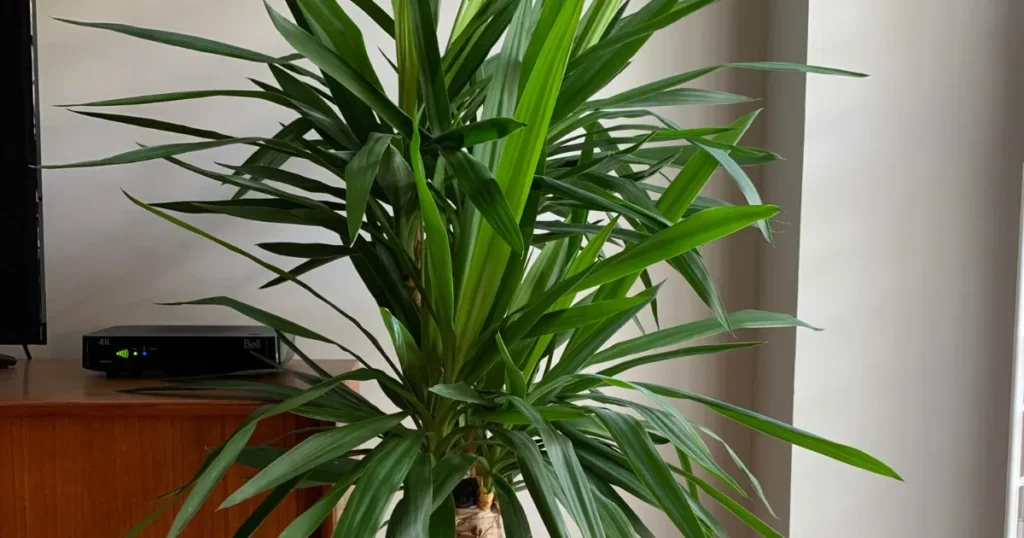
Why Choose a Yucca? For those drawn to desert aesthetics, the yucca’s spiky, architectural leaves offer a bold statement. It complements modern decor.
Benefits: Yuccas are drought-tolerant and can withstand neglect, making them perfect for busy households or forgetful owners.
Drawbacks: Sharp leaves can be hazardous, and they prefer bright, indirect light for optimal growth.
10. Banana Plant
Why Choose a Banana Plant? Banana plants are attention-grabbers with their large, tropical leaves that add a lively, exotic touch to any room.
Benefits: They grow quickly and can reach impressive sizes, creating a statement piece in spacious living areas.
Drawbacks: Require ample space and bright, indirect light to thrive, which may not be suitable for smaller spaces.
11. Majesty Palm
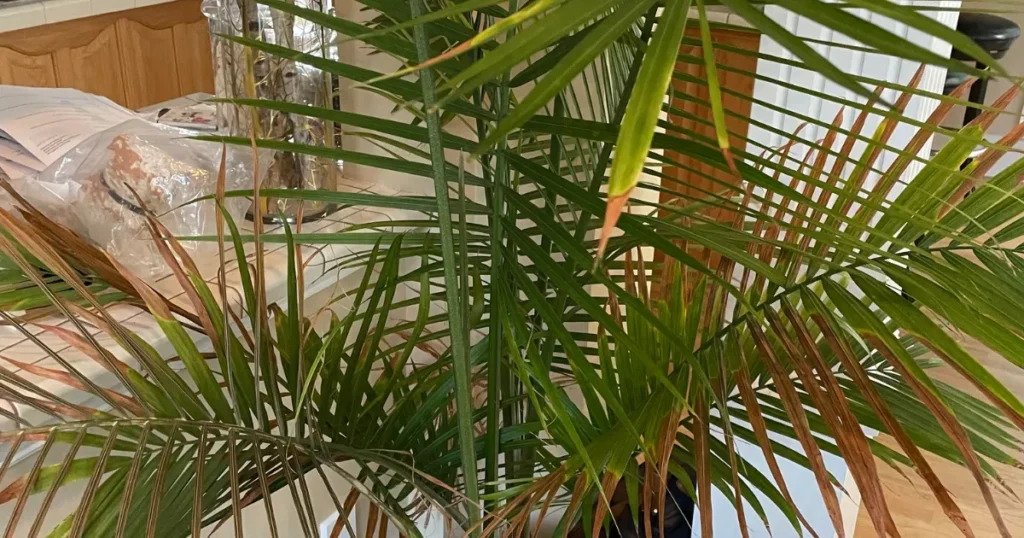
Why Choose a Majesty Palm? Majesty palms are known for their elegant, arching fronds that bring a touch of regal sophistication to any room. This palm adds a breezy, tropical feel to your space and can grow quite tall, making it a great focal point.
Benefits: Majesty palms are excellent at improving indoor air quality and are non-toxic to pets. So, it can be a safe choice for households with animals.
Drawbacks: They require consistent moisture and humidity, so they might not be ideal for very dry environments. Regular misting and careful watering are essential to keep them thriving.
12. Peace Lily
Why Choose a Peace Lily? Peace lilies are beloved for their beautiful white blooms and lush green leaves. They add a touch of elegance and serenity to any room.
Benefits: These plants are easy to care for and are known for their air-purifying properties. So, it removes toxins like formaldehyde and benzene from the air.
Drawbacks: Peace lilies can be toxic to pets if ingested, so it’s important to keep them out of reach of curious animals.
13. ZZ Plant
Why Choose a ZZ Plant? The ZZ plant features glossy, dark green leaves that reflect light and add a stylish touch to your decor. It’s known for being extremely hardy and low-maintenance.
Benefits: This plant tolerates low light and infrequent watering. So, it becomes perfect for those who might forget to tend to their plants regularly.
Drawbacks: It’s a slow grower! So if you’re looking for a plant that will fill space quickly, this might not be the best choice. Additionally, it can be toxic to pets.
14. Schefflera
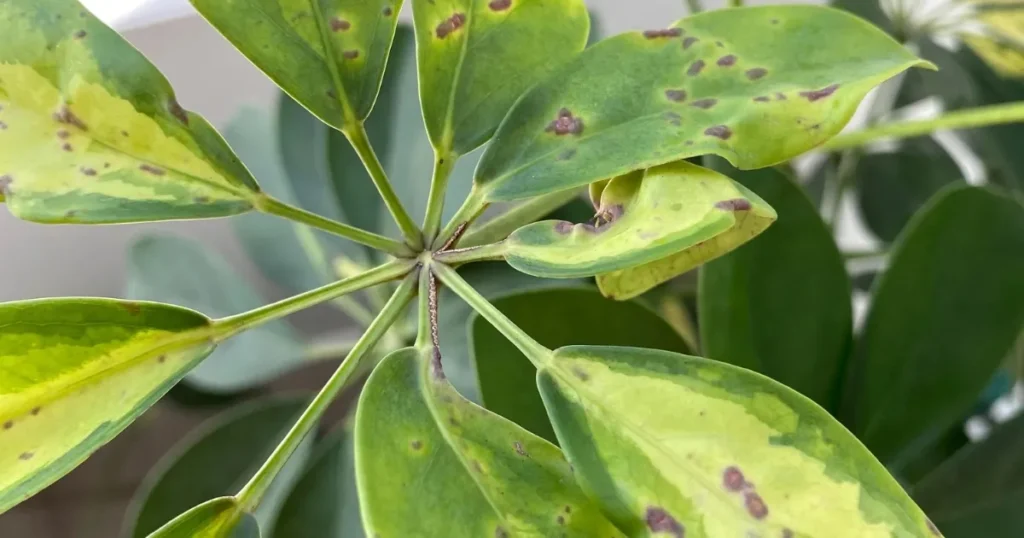
Why Choose a Schefflera? Schefflera, also known as the umbrella plant, is recognizable by its umbrella-like clusters of leaves. It’s a fun and lively addition to any room.
Benefits: This plant is easy to care for, grows quickly, and can adapt to various lighting conditions. So, you can pick it as a versatile choice for any home.
Drawbacks: Scheffleras need bright, indirect light to thrive and can become leggy if not pruned regularly. They are also toxic to pets.
15. Areca Palm
Why Choose an Areca Palm? The areca palm is another great option for those seeking a tropical vibe. Its feathery fronds add a breezy, elegant touch to any living room.
Benefits: Areca palms are excellent at improving indoor air quality and are non-toxic to pets. They also thrive in indirect light and are relatively low-maintenance.
Drawbacks: These palms need regular watering and do not tolerate dryness well. Ensure they have consistent moisture and avoid placing them in direct sunlight.
16. Parlor Palm
Why Choose a Parlor Palm? The parlor palm has been a popular indoor plant since Victorian times. They are known for graceful, arching fronds and compact size, making them perfect for small spaces.
Benefits: It’s a low-light tolerant plant that requires minimal care, thriving in indirect light. This palm is also pet-friendly and helps purify the air.
Drawbacks: Parlor palms prefer consistent moisture. So you need to water them regularly to prevent the soil from drying out completely.
For more plants with big leaf recommendations, the following YouTube video should help you.
5 Styling Ideas for Large Plants in the Living Room
With an array of stunning plants to choose from, styling them becomes a fun and creative endeavor. Here are some styling ideas for arranging large plants in the living room.
- Mix and Match: Create visual interest by grouping plants of varying heights and leaf shapes.
- Creative Planters: Experiment with different types of planters, from colorful ceramic pots to sleek, modern designs.
- Natural Dividers: Use tall plants to create natural dividers in open spaces, adding both greenery and structure.
- Vertical Thinking: Utilize hanging plants or tall shelves to incorporate greenery without occupying floor space.
- Match Your Style: Choose plants that complement your interior design, whether it’s bohemian, minimalist, or classic.
FAQs
Here are some Q&As about large plants for living rooms.
Q: How Often Should I Repot My Large Plants?
Repot your plants every 1-2 years or when you notice roots protruding from the drainage holes. This ensures they have enough space to grow and thrive.
Q: Can I Move My Plants Outside for the Summer?
Yes, most indoor plants enjoy being outside during warm months. Gradually acclimate them to outdoor conditions and bring them back inside before temperatures drop.
Conclusion
Large plants are more than just a passing trend. They act as natural air purifiers, boosting your indoor environment and creating a vibrant, inviting atmosphere.
Whether you crave the architectural drama or the low-maintenance charm of a ZZ plant, there’s a perfect leafy companion waiting to be discovered.
Embrace your inner plant parent and embark on a rewarding journey. Watch your living space transform into a calming oasis, filled with the beauty and serenity of nature. As your plants thrive, so too will your well-being, creating a true sanctuary you can call home.

